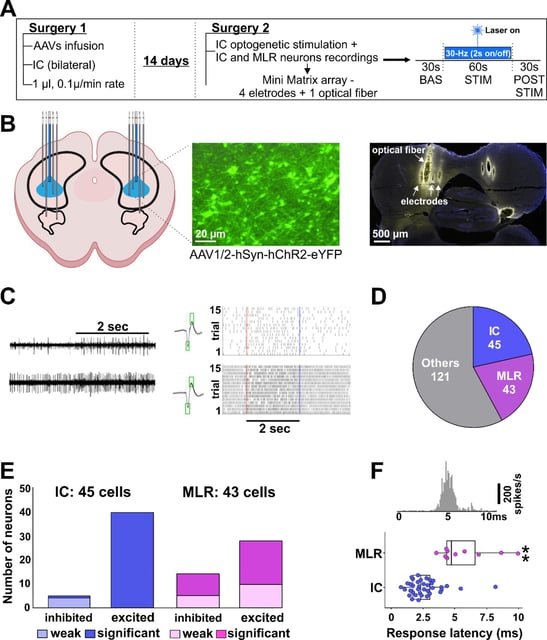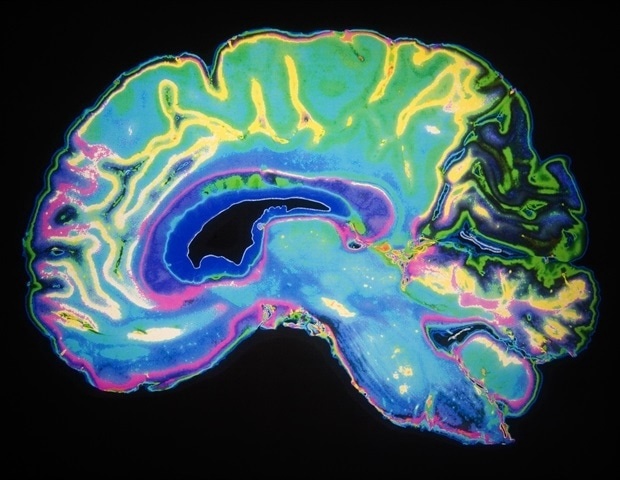Overview
- Researchers used optogenetics to deliver light pulses through implanted fibers, selectively activating neurons in the inferior colliculus of rat models with haloperidol-induced catalepsy.
- Electrophysiological recordings showed that inferior colliculus stimulation elicited mesencephalic locomotor region responses with a 4.7-millisecond average delay.
- The majority of mesencephalic locomotor region neurons increased firing rates, which correlated with improved ambulatory performance in treated rats.
- By targeting a brain region spared by Parkinson’s pathology, this method bypasses basal ganglia circuits and offers a novel route for motor symptom relief beyond conventional deep brain stimulation.
- The study was conducted by Ruhr University Bochum and Philipps-Universität Marburg teams, with funding from the Deutsche Forschungsgemeinschaft and CAPES, and published in Scientific Reports.

